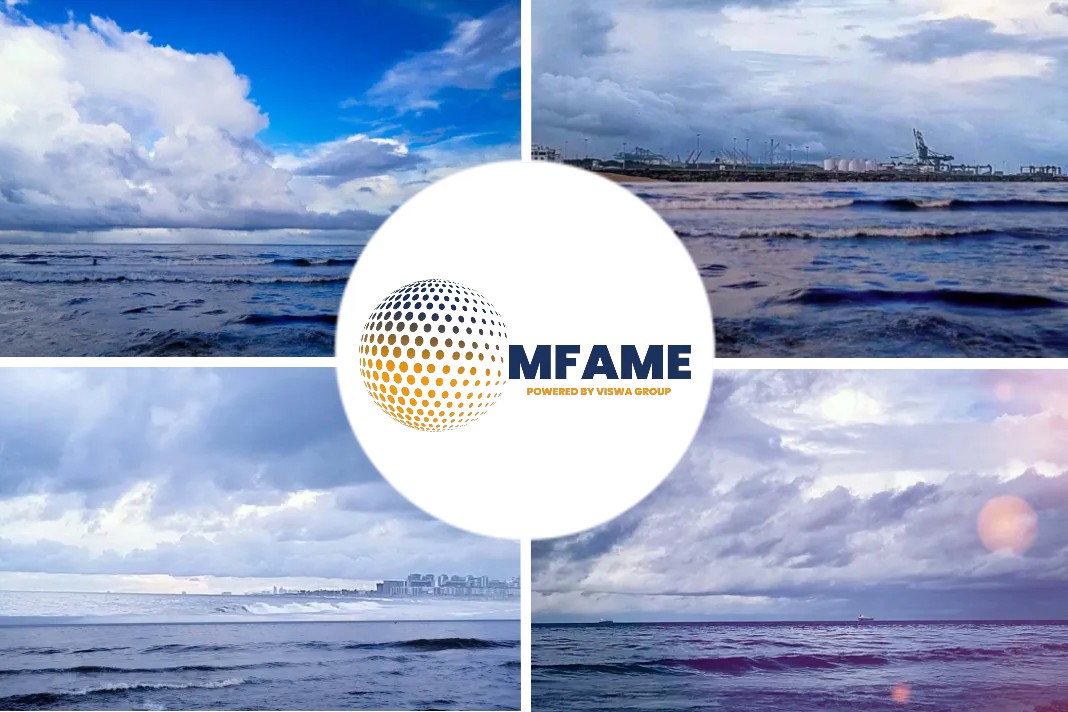
German industry changes tack as river Rhine runs drier, states a Reuters news source.
New ways to transport cargoes
German industry is finding new ways to transport cargoes from coal to chemicals as increasingly frequent low water levels on the Rhine disrupt Europe’s largest economy.
The 1,230 km (764.29 miles) river, a world famous tourist destination and a part of the national psyche, is the commercial artery for 80% of the German economy’s inland shipping of goods, including crude oil and natural gas.
But following extended periods of low water in 2018 and 2022, Rhine levels are again too low in parts of the river for cargo vessels to sail fully loaded when they can hold the equivalent of up to 150 trucks.
At Kaub , the critical chokepoint for Rhine barges, water levels fell to their lowest this year earlier this week.
Last year, 182 million metric tonnes of goods were transported via Germany’s waterways, down 6.4% from 2021 and the lowest since German reunification.
As severe heatwaves grip southern Europe, the Federal Waterways and Shipping Agency expects the downward trend to continue.

Covestro
Germany chemical-maker Covestro (1COV.DE) transports more than 30% of its finished goods and receives the majority of the raw materials to produce them via the Rhine.
“Climate change and the increasing occurrence of low water levels are posing significant challenges to Covestro as well as other companies,” Uwe Arndt, who heads Covestro’s Rhine taskforce, said.
That is why the group has chartered two low-water barges that are able to supply customers with hydrochloric acid even when Rhine levels at Cologne fall to 0.40 metres.
Around 260 km down the river, BASF (BASFn.DE) has also started to use a low-water ship to supply its Ludwigshafen hub, which gets around 40% of its raw materials via the Rhine.
Did you subscribe to our daily Newsletter?
It’s Free! Click here to Subscribe!
Source: Reuters














